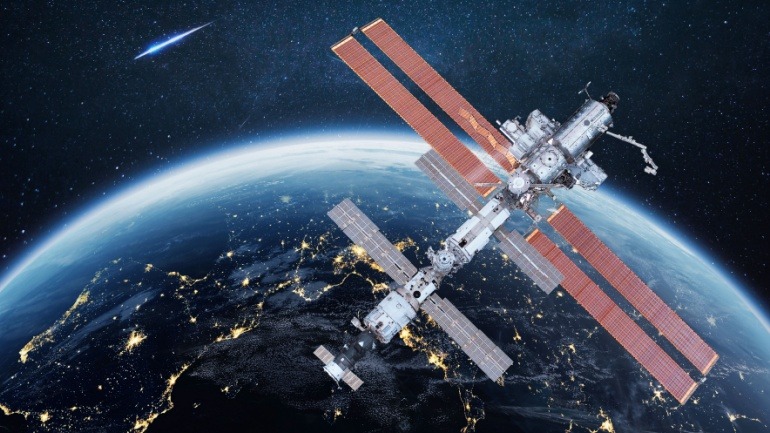Starlink’s Direct to Cell mobile service is transforming VoIP connectivity, offering coverage even in remote areas. By acquiring spectrum with EchoStar, SpaceX enhances its satellite network, empowering over six million global users with strong, reliable signals. This technological evolution promises seamless communication, crucial during emergencies and natural disasters, revolutionizing mobile communication.
United Airlines resolved a static interference issue affecting Starlink Wi-Fi on some Embraer E175 aircraft by repositioning equipment. The rest of the fleet remains unaffected, and the rollout continues with sixty jets now offering high-speed satellite internet.
Starlink has secured approval to provide satellite broadband in India, entering a competitive field with Airtel and Jio. Backed by a key license, it must meet strict local data and infrastructure rules before launch. With trial spectrum rights expected soon, Starlink prepares to help bridge connectivity gaps in underserved regions.
The European Commission is set to approve a €2.8 billion merger between SES and Intelsat, aiming to strengthen Europe’s satellite independence. Though not a direct rival to Starlink, the combined entity will leverage GEO, MEO, and LEO assets to expand coverage and support EU initiatives like IRIS2.
The FCC is exploring opening over 20,000 MHz of underused spectrum for satellite use, potentially benefiting companies like SpaceX. This move comes amid rising criticism of Dish Network for underutilizing its licensed frequencies and signals growing regulatory support for the satellite broadband sector.
India has introduced strict satellite communication regulations to bolster national security and attract global players. Key mandates include data localization, domestic infrastructure sourcing, and compliance with GPS alternatives. Giants like Starlink and OneWeb must align with these rules as India asserts control over its fast-growing satcom and satellite IoT sectors.
Chunghwa Telecom is partnering with Astranis to launch Taiwan’s first dedicated geostationary satellite, enhancing national connectivity and infrastructure resilience. Scheduled for deployment by 2025, the project is part of a larger satellite program and reflects Taiwan’s commitment to secure communication systems.
The FCC has approved AT&T and AST SpaceMobile to test direct-to-cell satellite connectivity for FirstNet. This initiative aims to enhance public safety communications by extending reliable service to remote and disaster-affected areas through low Earth orbit satellites.
FCC Chairman Brendan Carr has warned EU nations about growing reliance on Starlink, highlighting risks of over-dependence on a single satellite provider. European officials share concerns, especially as geopolitical tensions rise. While local alternatives like OneWeb emerge, the EU faces tough challenges in securing technological autonomy.













